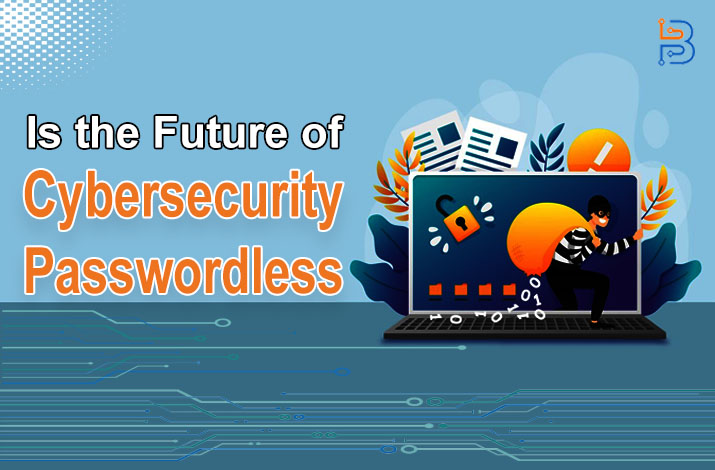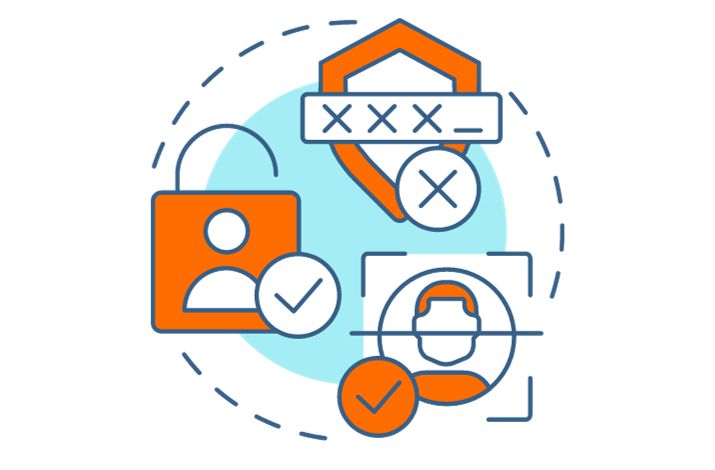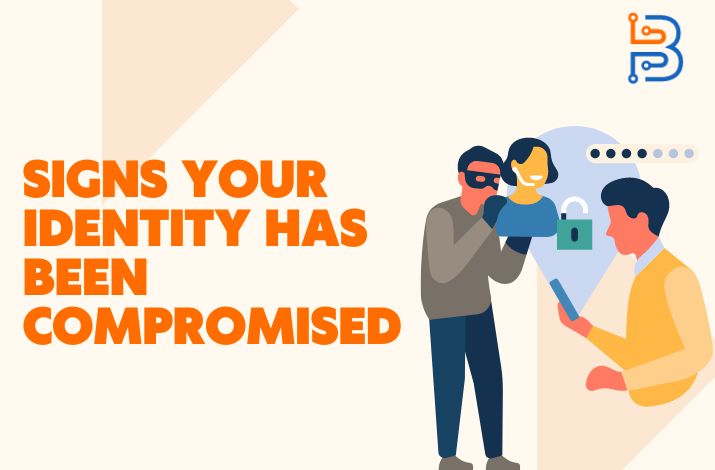Is the Future of Cybersecurity Passwordless? Everything You Should Know

Cybersecurity standards have been upgraded in recent times since a lot of people are becoming victims of cyber threats. One of the major reasons for these threats is the password. Since people tend to create weaker passwords, the security of their data becomes vulnerable. Besides this, hackers have found modern ways of cracking passwords no matter how strong they are.
This has paved the way for the idea of having passwordless cybersecurity standards. This idea revolves around the fact of using better ways for authentication than just simple passwords. But is it really possible to create a passwordless cybersecurity stand that actually works?
Let’s find out in this blog. Here, we’re about to comprehend this idea and see what are some major ways that can help implement the idea of posswordlessness.
What is Passwordless Cybersecurity?
Passwordless cybersecurity refers to strategies that aim to eliminate the use of static passwords as the primary means of authentication. Instead of relying solely on traditional alphanumeric passwords, passwordless security methods leverage alternative authentication techniques that offer higher security. This approach also provides their users with improved user experience and reduced reliance on memorized credentials.
The Limitations of Passwords
Passwords often possess potential drawbacks, however, they have major security solutions for businesses and individuals. One prominent issue is human error because individuals often create weak, easily guessable passwords or reuse them across multiple accounts. This behavior opens the door to cyber-attacks such as brute force attacks, phishing, and credential stuffing, which attackers exploit.
Moreover, managing multiple complex passwords becomes challenging for users because they are difficult to remember. This often leads to poor password hygiene, such as storing them in unsecured places, which further compromises security. Here, you have gotten the knowledge that passwords also have some limitations to deal with and offer security.
The Rise of Passwordless Authentication
The quest for more robust security measures has given rise to passwordless authentication. Passwordless authentication aims to eliminate dependence on static passwords entirely by offering effective alternative methods for user verification. Here, you will get to know some of the most attractive and most practical alternatives to traditional passwords:


Biometric Authentication
Biometric authentication is like passwords but in an organic form. Fingerprints, facial recognition, iris scans, and even behavioral biometrics are some types of biometrics. These types of authentications offer users a more secure and convenient way to get access or authenticate themselves. Biometric data is unique to individuals and significantly harder to replicate or steal compared to passwords.
Multi-Factor Authentication
MFA combines multiple authentication factors, something you know (passwords), something you have (tokens or mobile devices), and something you are (biometrics). This type of security layered method influentially improves security and imports an extra layer of protection. In this way, businesses and individuals are able to make it more challenging for attackers to breach systems.
Hardware-Based Authentication
With the evolving terrain of authentication, hardware-based authentication also developed. For instance, using hardware tokens or keys, like USB security keys or smart cards. This approach offers solid and robust protection against unauthorized access. Hardware-based devices or gadgets store cryptographic keys and authenticate users directly, mitigating the risk of phishing or credential theft.
Advantages of a Passwordless Future
The future of cybersecurity will be passwordless one day, and it will provide several compelling benefits to users. Here, you will get to know some of the most compelling and attractive advantages of the passwordless future of cybersecurity:
Improved User Experience
Passwordless authentication simplifies the user experience by eliminating the requirement of remembering complex passwords to utilize when needed access. Biometrics and other strategies offer a more intuitive and user-friendly way to access systems and applications to their users. In this way, businesses and individuals get a more comprehensive and intuitive method to secure their data or online presence.
Cost Savings
While initial implementation costs may exist, the long-term benefits of reduced support requirements for password reset and lowered data breach risks can result in cost savings for organizations. In this case, small businesses with small budgets can also implement these passwordless strategies to help them secure their data.
Challenges and Considerations
There is no doubt that passwordless cybersecurity provides amazing advantages for improving security. However, it comes with some potential challenges that need to address. Here, you will get to know some potential challenges to implementing passwordless cybersecurity:
User Privacy Concerns
Biometric data usage raises valid concerns about user privacy and data protection for both businesses and individuals. Therefore, you need to understand that safeguarding biometric information from unauthorized access or misuse is essential.


Interoperability and Standardization
The adoption of passwordless authentication methods requires standardization and interoperability across different platforms and devices. This is why it ensures a seamless implementation and user experience.
Read Also: Benefits of SaaS Development for Small Businesses
Security Risks of New Technologies
While new authentication methods deliver improved security, they are not immune to vulnerabilities. Biometric spoofing, for example, poses a risk, necessitating continuous innovation and security measures.
The Trajectory Towards Passwordless Security
You need to understand the trajectory or the process for starting your journey towards a passwordless future. Here, you will get to know the trajectory of passwordless cybersecurity:
Education and Awareness
Raising awareness about the limitations of passwords and the benefits of passwordless authentication is crucial. This involves educating both individuals and companies about the risks and advantages associated with different authentication methods.
Incremental Implementation
Organizations can gradually phase out passwords by implementing passwordless authentication methods alongside existing systems. This incremental method allows businesses and individuals for testing, refinement, and adaptation based on user feedback and security assessments.
Collaboration and Standardization
Industry collaboration and standardization efforts are crucial to ensure the interoperability and widespread adoption of passwordless authentication methods across various platforms and technologies.
Conclusion:
Passwords are no longer considered the safest way to avoid cyber threats. That is because there are several ways a password can be cracked no matter how complicated it is. This has empowered the idea of going passwordless and using other means to ensure cybersecurity. Some major ways include biometric authentication, hardware-based authentication, etc. We have described these factors and more about passwordless cybersecurity standards in the information given above.





